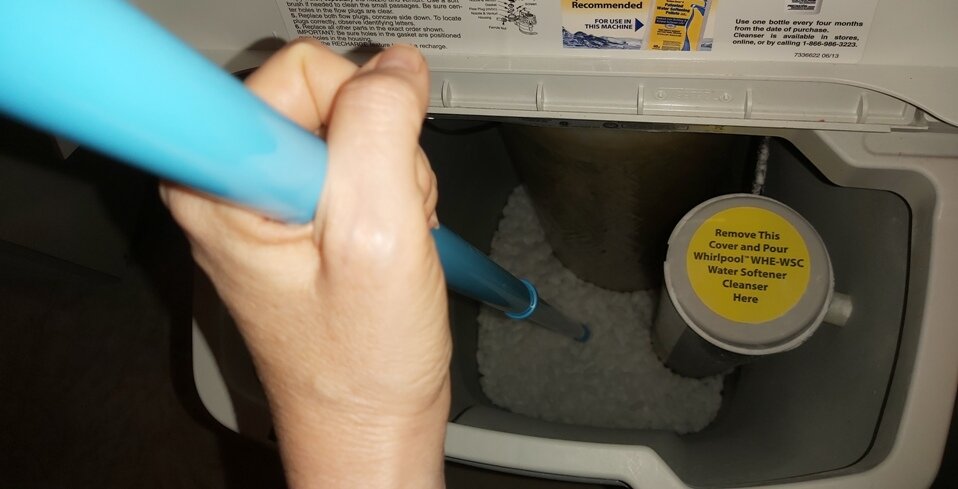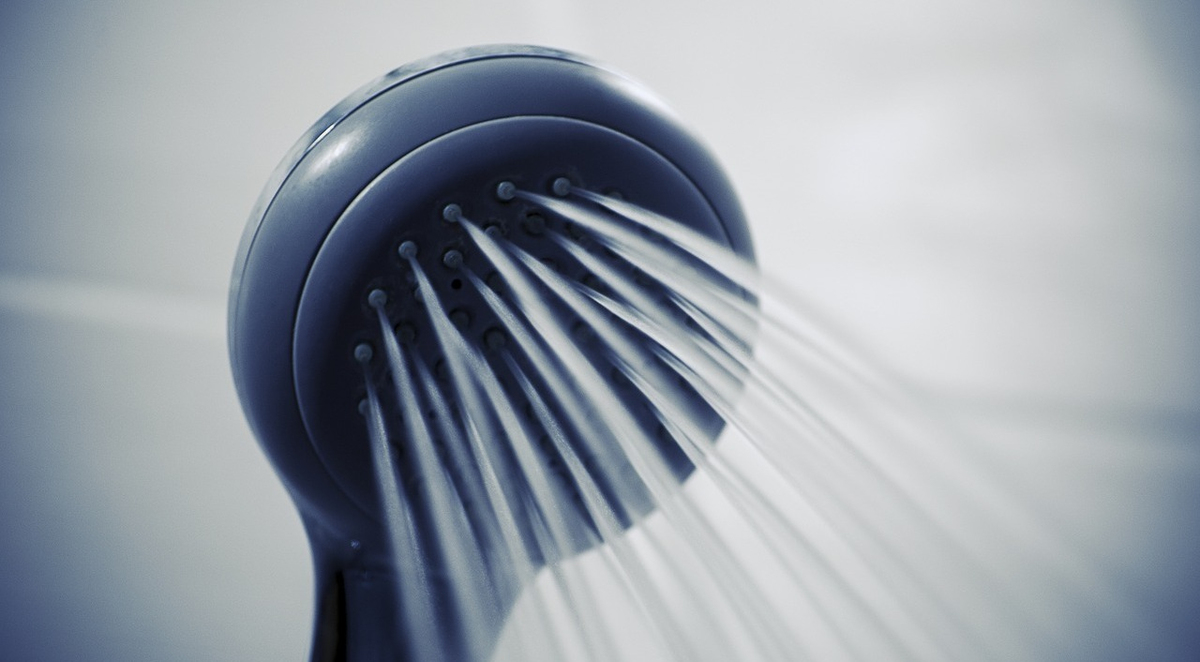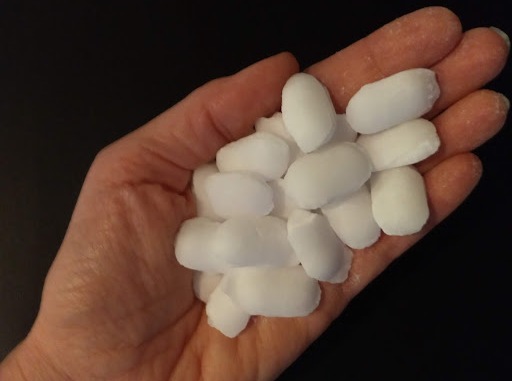Having trouble with your GE water softener? You’ve come to the right place.
In this guide, you’ll find step-by-step solutions to the most common GE water softener problems, plus helpful tips for ongoing maintenance and service.
2. You Sometimes Have Hard Water
3. How to Clean Your GE Water Softener
4. Maintenance Tips and Tricks
5. GE Water Softener Repair Services
At WaterSmart, we’ve been servicing all makes and models—including GE—for more than 25 years right here in the Waterloo Region. Our team knows these systems inside and out, and we’re proud to put that expertise to work for you.
Contact us today for additional help.
GE Water Softener Troubleshooting
1. YOU HAVE NO SOFT WATER
There are several possible reasons why your GE water softener isn’t producing soft water. Let’s walk through them one by one.
1. You Have a Salt Bridge:
A salt bridge is one of the most common GE water softener problems. It happens when the salt hardens and forms a solid layer or “bridge” above the water level in the brine tank. When this occurs, the brine water can’t reach the salt, and your softener won’t be able to regenerate properly.
Solution: Gently tap the outside of the brine tank with a rubber mallet to break up the bridge. If that doesn’t work, carefully insert a long object (such as a broom handle) into the tank to break up the hardened salt. After clearing the bridge, press the RECHARGE button on your softener to immediately restart the regeneration process.
2. You Have No Power for Your Softener
Your GE water softener needs a steady power source to function. If it has come unplugged accidentally or if a fuse or circuit breaker has tripped, then it won't be getting any power.
Solution:
Make sure the unit is securely plugged into a working outlet.
If it’s plugged in but still not working, check your fuse or breaker box. Replace a blown fuse or reset the breaker if necessary.
To confirm the outlet itself is working, plug in a small lamp or another device you know works.
If it powers on, the outlet is fine.
If it doesn’t, the outlet may be faulty—in this case, it’s best to call a professional electrician.
3. Your Manual Bypass Valve Is in the Wrong Position
If the manual bypass valve is in the wrong position, your GE water softener won’t be able to function as it should.
Solution: Check the valve and make sure the handle is turned to the OUT position. This setting allows water to flow through the softener and be treated properly.
4. You Don’t have enough Salt
If your GE water softener runs low—or completely out—of salt, it won’t be able to produce soft water.
Solution: Keep the brine tank at least one-third full of salt at all times. If the salt level was too low, refill the tank and then press the RECHARGE button on your softener to immediately start a regeneration cycle.
5. Your Blending Valve Is in the Open Position
If the blending valve is left in the open position, your GE water softener won’t soften your water as intended.
Solution: Turn the blending valve clockwise until it is fully closed. If you’re unsure where the blending valve is located on your unit, refer to your owner’s manual for guidance.
6. You have Problems with the Nozzle and Venturi
Debris, scratches, or blockages in the venturi passages can keep your GE water softener from working properly.
Solution:
Turn off the water supply to your softener.
Carefully disassemble the nozzle and venturi assembly. Refer to the “Cleaning the Nozzle and Venturi Assembly” section in your owner’s manual for step-by-step guidance.
Inspect each part closely. Clean any dirt or buildup, and replace damaged components if necessary.
Ensure the gasket holes are properly aligned over the housing openings before reassembling.
Cleaning the nozzle and venturi can be more complex than other maintenance tasks. If you’d prefer professional service, our WaterSmart team is here to help.
2. You sometimes have hard water
There are a few possible reasons why you sometimes have hard water.
1. Your Water Softener Setting Is Too Low
The Kitchener-Waterloo region has particularly high levels of water hardness. If your GE water softener isn’t programmed correctly to handle this, or if the hardness setting is too low, you won’t get the soft water you need.
Solution: Press the MODE/SET button on your GE softener until the arrow points to HARDNESS. The number displayed should match the actual grains per gallon (gpg) of hardness in your water. Refer to the “Programming the Control” section of your user manual for detailed instructions on adjusting this setting.
If you’re unsure of your exact water hardness or would like expert assistance programming your softener, contact the local specialists at WaterSmart. We’ll test your water and set up your system to match the region’s hardness levels.
2. Using Hot Water During Regeneration
If you run hot water while your GE water softener is in the middle of a regeneration cycle, the water heater will refill with untreated hard water. Once that water is in the tank, you’ll notice hard water coming from your taps until the heater is emptied and refilled with softened water.
Solution: Avoid using hot water while the softener is regenerating. To make this easier, program your unit to regenerate overnight or at another time when water use is minimal.
3. Water Softener Not Regenerating
If your GE water softener isn’t regenerating, there are a few possible causes:
Meter Turbine Is Stuck: The meter turbine tracks water flow to trigger regeneration. If it becomes stuck, the cycle won’t start.
Solution: Refer to the “Manually Initiated Electronics Diagnostics” section in your user manual to troubleshoot, or call a professional for service.
Sensor Wire Is Unplugged: If the sensor wire becomes disconnected from the control, the unit won’t detect when regeneration is needed.
Solution: Check the diagnostics section of your user manual, or have a professional reconnect and test the sensor.
Mechanical Defect: Internal mechanical problems can also prevent regeneration.
Solution: Contact a professional to inspect and repair your water softener.
3. How to Clean Your GE Water Softener
Your GE water softener will need to be cleaned from time to time to keep it running properly and well maintained.
Here’s how you can do it yourself:
Step 1: Unplug your water softener from the power source.
Step 2: Push in the bypass valve to redirect water so it doesn’t flow into the softener.
Step 3: Remove the lid of the softener.
Step 4: Take out the nozzle assembly and carefully disassemble it. Wash all components in warm, soapy water. You can also use a toothpick to clear and clean the two flow plugs.
Step 5: Reassemble the nozzle, replace the lid, and plug your softener back in.
Lay out the parts in the order you remove them. This will make it easier to reassemble everything correctly.
4. Water Softener Maintenance Tips and Tricks
To keep your GE water softener running efficiently and extend its lifespan, follow these simple guidelines:
Use the Right Salt: Always use pure salt that’s specifically designed for water softeners. Avoid regular table salt, which contains impurities that can damage your system.
Refill at the Right Time: Don’t top up the tank until most of the existing salt has been used. This helps prevent salt bridging and buildup.
Avoid Overfilling: When refilling, keep the salt level to about two-thirds full in the brine tank.
Clean the Brine Tank Annually: A yearly cleaning will help prevent residue buildup and keep your system working properly.
Repair Before Replacing: Before investing in a new water softener, have your current unit inspected. Many common issues can be repaired at a relatively low cost.
5. GE WATER SOFTENER REPAIR Services
If you need your GE water softener repaired, contact WaterSmart. Our fully trained technicians have the experience to service any make or model of water softener—not just the ones we sell. We always aim to repair your system before recommending a replacement.
If a replacement is necessary, we’ll help you choose the right type and size of softener for your household.
Even if you didn't purchase your water softener from us, we can still rely on us to fix it for you at an affordable price. In fact, you can trust WaterSmart for water softener repair, purchasing, and installation, as well as all your plumbing needs.
Since 1994, WaterSmart has proudly served Kitchener, Waterloo, Cambridge, Guelph, Brantford, and surrounding areas with innovative water softening products and trusted service. Because we live and work in this region, we understand its unique hard water challenges. That means we know how to program and maintain your system for maximum efficiency.
WaterSmart also offers a full range of plumbing services that include, but are not limited, to:
Kitchens and Bathrooms
Leaks
Toilets and Taps
Clogged or Slow Drains
Countertop Pre and Post Installation
Dishwasher Installations
Sump Pumps
Tankless Hot Water Heaters
New Plumbing and Renovations
Master Plumber and Gas Fitter
Backflow Testing or Device Installation
Here's what WaterSmart customers are saying:
"My wife and I recently purchased a home that did not have a water softener since the house was built.…They are very skilled professionals and have great customer service. We also bought a reverse osmosis from them. They gave us detailed instructions on how to operate the softener and reverse osmosis. I would recommend these guys.
- William








